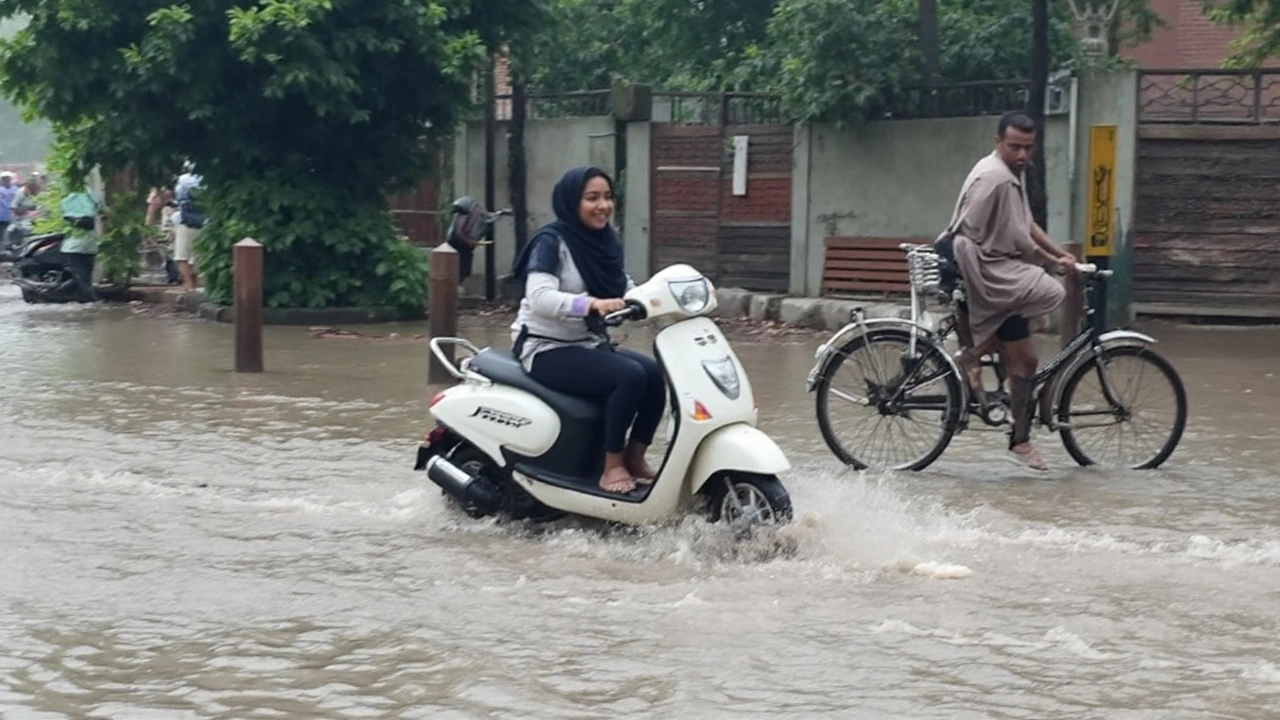Flash Flood Warning – Stay Informed and Safe
Flash floods can strike in minutes, turning streets into rivers and putting lives at risk. With the monsoon season in full swing across North India, alerts are coming faster than ever. Below you’ll find clear explanations of what a flash flood warning means, why it happens, and what you can do right now to protect yourself and your family.
What is a Flash Flood Warning?
A flash flood warning is an official alert that heavy rain or rapid snow melt will cause water to rise quickly and flood an area within hours. In India, the India Meteorological Department (IMD) issues these warnings when rain intensity crosses dangerous levels. Recent red alerts over Punjab, Delhi‑NCR, and Uttarakhand show how a cloudburst in places like Chamoli can trigger sudden floods.
Unlike regular flooding, flash floods don’t give you much time to react. Water can surge from drainage failures, breached embankments, or overflowing rivers, turning low‑lying lanes into fast‑moving currents. The warnings are meant to give you a heads‑up so you can move to higher ground before the water arrives.
How to Stay Safe During a Flash Flood
First, keep an eye on local news and IMD alerts. If you hear a flash flood warning for your area, treat it as an emergency. Grab a flashlight, a small emergency kit (water, snacks, a basic first‑aid pack), and head to higher ground. Avoid crossing any flooded roads – even shallow water can be deeper than it looks and sweep you away.
If you’re stuck at home, move valuables and important documents to the upper floor. Turn off electricity if water is rising near outlets. If you must evacuate, take only essential items and lock doors behind you to prevent damage.Driving through flood‑water is one of the biggest mistakes people make. If water is covering the road, turn around. Vehicles can be swept away or stall, leaving you stranded in a dangerous spot.
For families with children or elderly members, assign a meeting point on higher ground before the storm hits. Make sure everyone knows the route and has a way to stay in touch, like a charged mobile phone.
After the water recedes, be cautious about returning home. Check for structural damage, contaminated water, and weakened bridges. Follow local authorities’ instructions before entering affected zones.
Recent incidents, such as the IMD red alert that flooded parts of Delhi‑NCR and the cloudburst in Chamoli, underscore the importance of acting fast. Communities that listen to warnings and move early usually avoid the worst outcomes.
Remember, a flash flood warning is not a suggestion – it’s a call to act. Stay informed, prepare your kit, and move to safety as soon as an alert comes through. By taking these simple steps, you can protect yourself and help those around you stay out of harm’s way.

IMD expects above-average September rainfall in Jammu & Kashmir, with warnings for flash floods and landslides. Mountain slopes are already saturated, raising risks along key highways and river basins. Authorities are advising caution for travelers, farmers, and tourists as the monsoon persists into the month.
